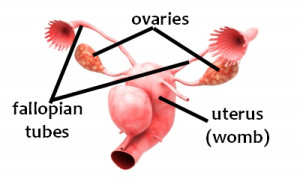Words Associated with the Human Internal Body System and Function
Let’s begin with the circulatory system. Your heart pumps blood to your entire body through arteries (which carry blood away from the heart), veins (which carry blood back to the heart), and capillaries (very tiny blood vessels).
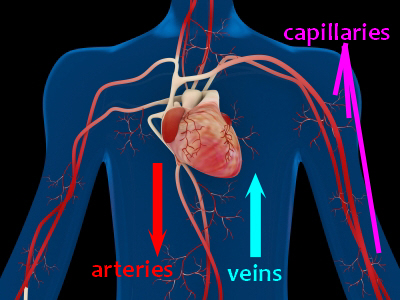
The blood is oxygenated in your lungs. When you breathe, the air goes through your trachea (which is more commonly called your windpipe):

Your skeleton is made of 214 bones. The places where two bones come together are called joints (for example: your knees, elbows, wrists, ankles, shoulders, etc.) Here are some of the most common parts of the skeleton:
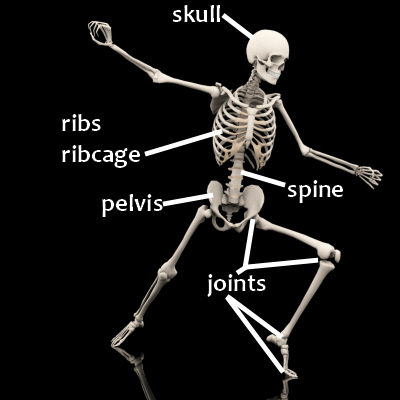
Your muscles and bones are connected by ligaments (which connect bone to bone) and tendons (which connect muscle to bone):
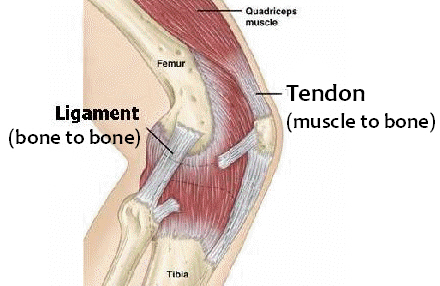
Of course, what controls everything is your brain, which sends signals to the rest of your body through the nervous system, which is made up of connections called nerves.

Now let’s look at the digestive system. When you eat, food goes into your mouth, passes through your throat and goes down your esophagus. The food is digested in your stomach, then passes through your small intestine and large intestine before being eliminated from the body. The pancreas produces hormones and enzymes; the liver has a variety of functions, and the gall bladder stores a substance that helps in digestion.
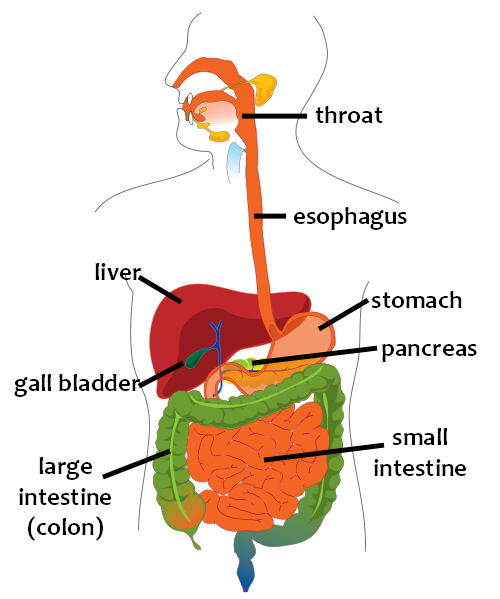
Your kidneys filter your blood and remove toxins, which they send to the bladder to be eliminated in urine.
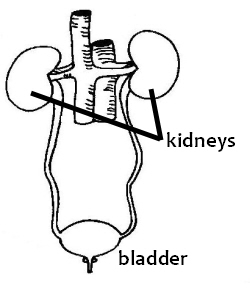
Finally, we have the reproductive system. Men have two testicles which produce sperm, the cells that carry the male’s genetic material. Women have two ovaries, which produce eggs that travel through the fallopian tubes to the uterus (often called the womb) – this is where the baby develops.
